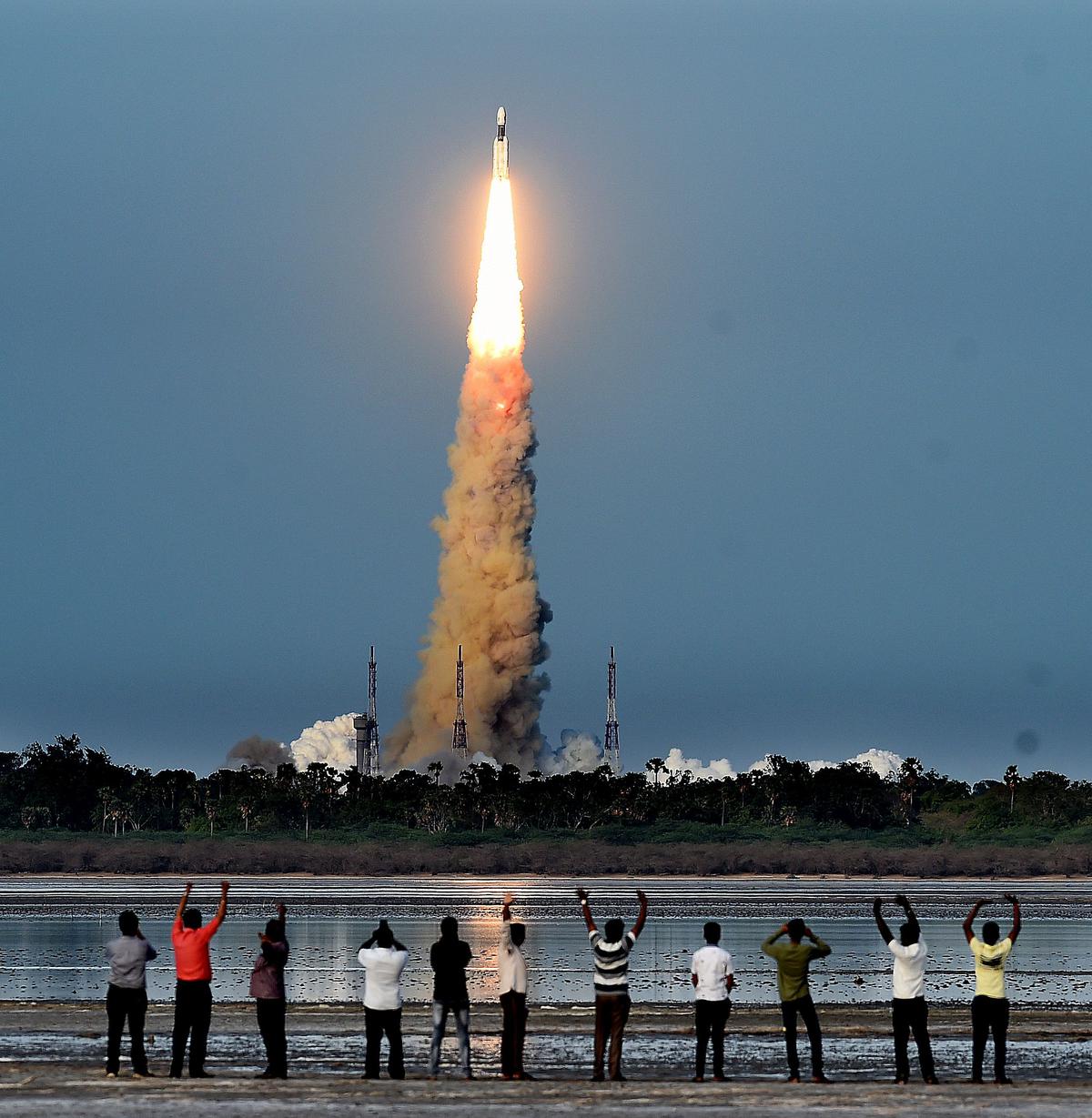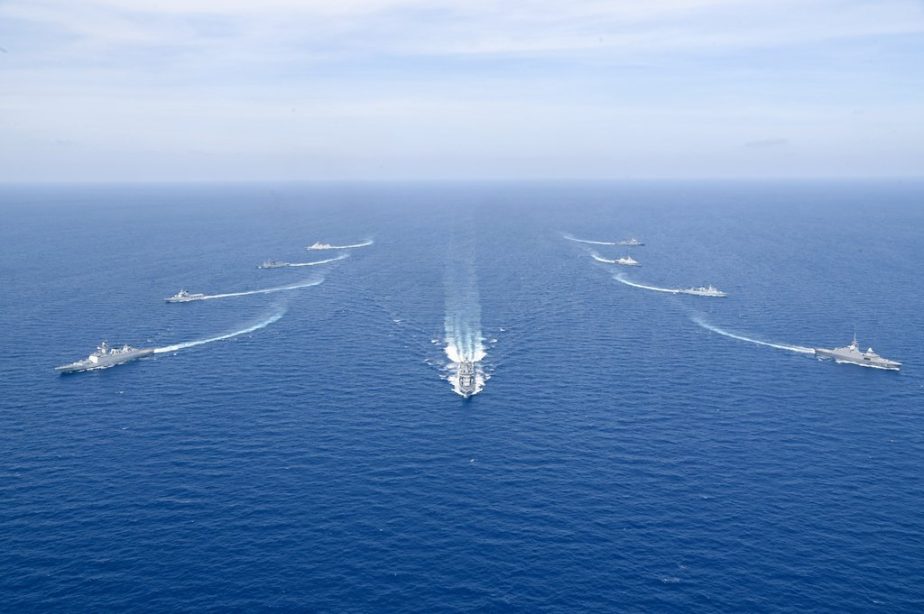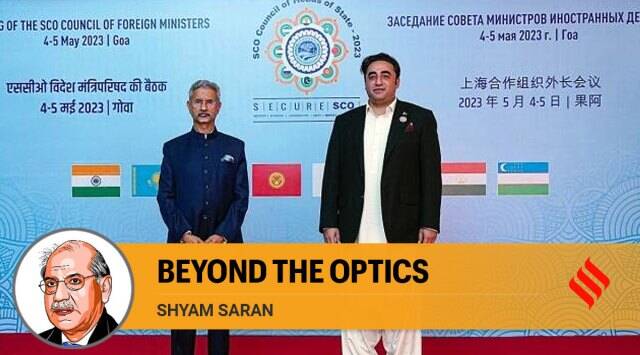Deterrence and Us
THE INDIAN EXPRESS
APLN Senior Research Advisor Manpreet Sethi argues that India must maintain nuclear sobriety in the future. It can leverage its economic heft, political clout and cultural appeal to showcase the advantages of its philosophy of nuclear deterrence based on minimalism in numbers and restraint in roles and circumstances of use of nuclear weapons. Read the original article here.
On this day 25 years ago, then Prime Minister Atal Bihari Vajpayee announced that India had conducted three nuclear tests at Pokhran. On May 13, after the conduct of two more tests, he declared, “India is now a nuclear weapon state”. Why did India choose to exercise the nuclear option in 1998 after having followed a policy of ambivalence since conducting a peaceful nuclear explosion (PNE) in 1974? The answer lies in two developments of the 1990s — an increasingly nuclearised neighbourhood; and, a progressively constraining non-proliferation environment.
By the mid-1990s, China had already conducted as many as 45 nuclear tests, developed modest delivery systems, including first-generation nuclear missile-carrying submarines. China had also conducted a nuclear test for Pakistan, reportedly in May 1990, thereby boosting Rawalpindi’s nuclear confidence and emboldening it to foment insurgency in J&K and Punjab. Meanwhile, Washington was pressurising countries to join the non-proliferation treaty as non-nuclear weapon states and the Comprehensive Test Ban Treaty had been put out for signature. Caught in a security and non-proliferation bind, India felt compelled to develop its own nuclear weapons to establish credible deterrence against nuclear coercion or blackmail by countries that claimed Indian territories.
The Indian action took the world by surprise. Criticism and sanctions followed. New Delhi reached out to major capitals to explain its security imperatives. Simultaneously, PM Vajpayee took a bold initiative to reach out to Pakistan. His bus diplomacy in early 1999 led to the signing of the Lahore Memorandum of Understanding, a forward-looking confidence-building measure between India and Pakistan. But, before it could be implemented, Pakistan occupied the Kargil heights believing the international community would force India not to escalate and accept the fait accompli. Indian military action and international pressure coerced Pakistan to withdraw.
Meanwhile, the restraint exercised by India led to a grudging change in its image. Soon thereafter, the presentation of a nuclear doctrine in August 1999 further helped India’s case. It highlighted a political role for nuclear weapons based on credible minimum deterrence (CMD) and a no-first-use (NFU) policy, while concurrently supporting non-proliferation and universal disarmament. In the last quarter century, India has used this doctrinal guidance to build its force structure and posture.
The sole purpose of India’s nuclear deterrence is to deter adversaries’ use or threat of use of nuclear weapons. As it stands, Pakistan’s use of cross-border terrorism and China’s territorial ingressions at the line of actual control (LAC) have continued. Punishment for such attacks has been, and can best be, applied at the conventional level, keeping nuclear weapons out of the equation. Doing so provides India the “space” to employ military force in a manner that makes Pakistan’s nuclear threat non-effective. Surgical strikes by India in Pakistan Occupied Kashmir in 2016 and air strikes in Balakot in 2019 are illustrative of this. Similarly, in the case of China’s incursions, conjoining conventional operations with the threat of nuclear escalation would raise risks for self, and constrain the scope for conventional responses. To deter aggressive Chinese behaviour, India needs to build adequate infrastructure and military capability in relevant theatres, diplomatically shame China’s provocations, forge partnerships, and ensure national economic strength.
Nuclear India proceeds into adulthood in times of relative nuclear permissiveness. Nuclear-armed states, including in India’s neighbourhood, are undertaking arsenal expansion and an offensive and defensive capability build-up. Nuclear brinksmanship is being exercised by advertising an ability to fight “limited” nuclear wars. Such trends necessitate onerous and expensive counterforce nuclear capabilities such as large warhead stockpiles of varied yields, highly accurate nuclear delivery systems for precision targeting, complementary navigation and ISR infrastructure, missile defences as well as counter-BMD capabilities.
India had wisely chosen in 1998 to stay away from such tendencies. It adopted a unique, non-Western philosophy rooted in the basic understanding that nuclear weapons are instruments best suited for deterrence by punishment. The high population densities in Southern Asian cities ensure unacceptable damage with few warheads atop even low-accuracy delivery vehicles. Hence, CMD and NFU were adopted eschewing competition in counterforce capabilities.
In fact, nations that opted to build such forces do not seem to have found much use for them. Despite a large, war-fighting-capable nuclear arsenal, Washington accepted defeat in several regional conflicts. Russia confronts the same dilemma in Ukraine. And, for deterrence, modest capabilities can suffice. New Delhi understood this early in its nuclear journey.
Looking ahead, India needs actions at two levels for sustainable national security. The first is to address immediate security threats by intelligently building sufficient and resilient retaliatory capability to signal credible deterrence. At the second level, India needs to make long-term innovative diplomatic investments towards the creation of a global environment conducive to peace and universal nuclear disarmament.
The first 25 years of India’s tryst with nuclear weapons stand out as a period of restraint, responsibility and maturity. Just as India has made conscious, informed nuclear choices based on a rational understanding of the nature, role, utility and disutility of nuclear weapons, it must maintain nuclear sobriety in the future. Simultaneously, it can leverage its economic heft, political clout and cultural appeal to showcase the advantages of its philosophy of nuclear deterrence based on minimalism in numbers and restraint in roles and circumstances of use of nuclear weapons. India is the only nuclear-armed state offering this model today.




